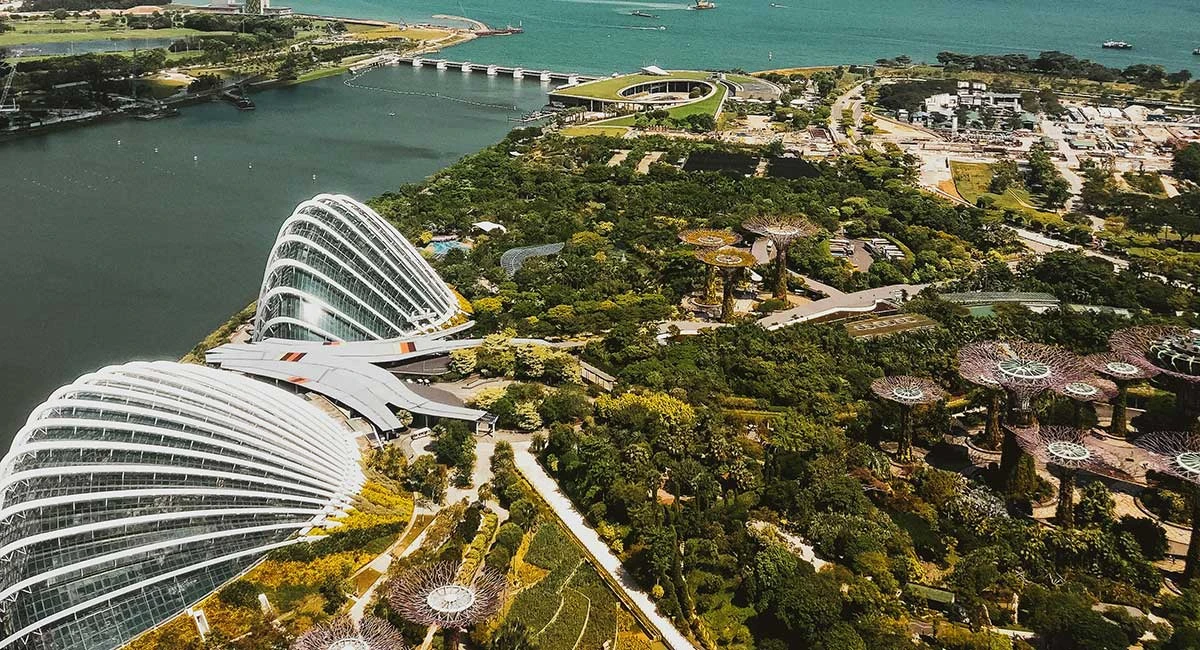Sustainable Architecture: Top Eco-Friendly Building Practices for 2025

Sustainable Architecture: Top Eco-Friendly Building Practices for 2025
Sustainability is no longer an afterthought in architectural design—it’s a key driver of innovation. As the environmental stakes continue to rise, the architectural world is increasingly embracing eco-friendly practices that push the boundaries of what’s possible. With 2025 on the horizon, the architecture industry is set to redefine itself through sustainable design, blending aesthetics, functionality, and environmental responsibility.
The demand for green building materials is set to skyrocket as more designers and architects recognize the long-term benefits of materials like bamboo, recycled steel, and hempcrete. These eco-friendly options not only reduce environmental impact but also boast impressive durability and thermal efficiency. Their appeal lies in their ability to maintain structural integrity while lowering the overall carbon footprint of a building.
The demand for green building materials is set to skyrocket as more designers and architects recognize the long-term benefits of materials like bamboo, recycled steel, and hempcrete. These eco-friendly options not only reduce environmental impact but also boast impressive durability and thermal efficiency. Their appeal lies in their ability to maintain structural integrity while lowering the overall carbon footprint of a building.
Net-zero homes are one of the most ambitious yet achievable goals for the coming years. These self-sustaining homes generate as much energy as they consume, thanks to innovations like smart thermostats, solar energy systems, and super-insulated walls. The net-zero movement is gaining traction, with architects and builders alike working to create structures that align with global sustainability goals. In 2025, expect to see a surge in the development of these eco-conscious homes that embrace a holistic approach to living sustainably.
Urban green spaces are becoming integral to the modern cityscape. Vertical gardens, rooftop parks, and green facades are all part of the drive to create cities that are not only livable but thriving ecosystems. These green spaces play an essential role in reducing air pollution, promoting biodiversity, and improving the mental well-being of city dwellers. As we continue to urbanize, green architecture will be key in restoring the balance between concrete jungles and the natural world.
The fusion of smart technology with sustainable architecture is shaping a new era of buildings that are not just eco-friendly but also intelligent. IoT and AI-driven systems are optimizing energy use, water conservation, and waste management, while smart materials adapt to environmental changes. These innovations are ushering in a future where technology and nature coexist in perfect harmony, enhancing the quality of life for all who experience it.
As we approach 2025, the future of architecture is undeniably sustainable. With a focus on green materials, energy efficiency, and smart technology, architects are leading the charge toward a greener, more sustainable world. The buildings of tomorrow will not only serve as functional spaces but as symbols of our commitment to protecting the environment.